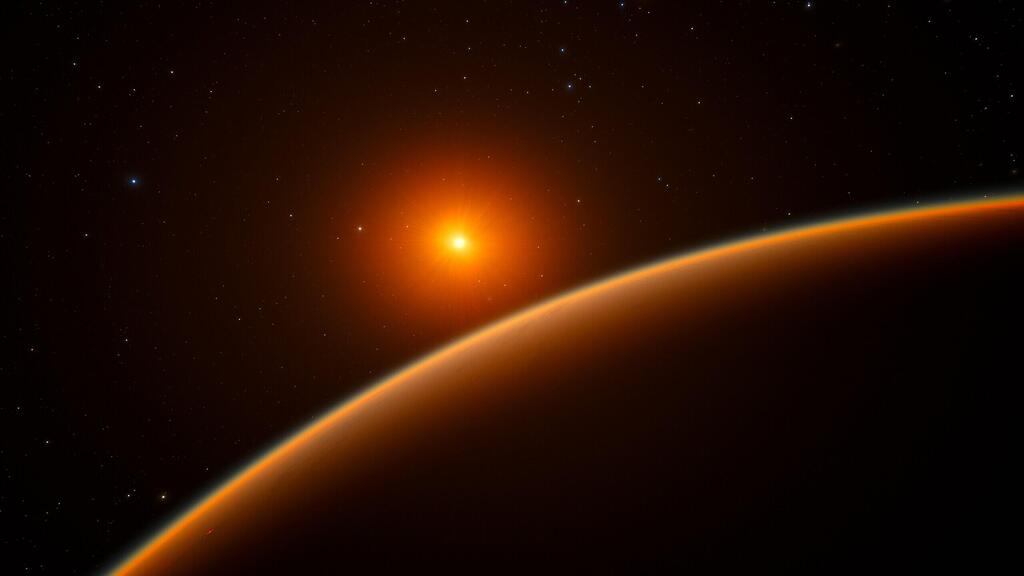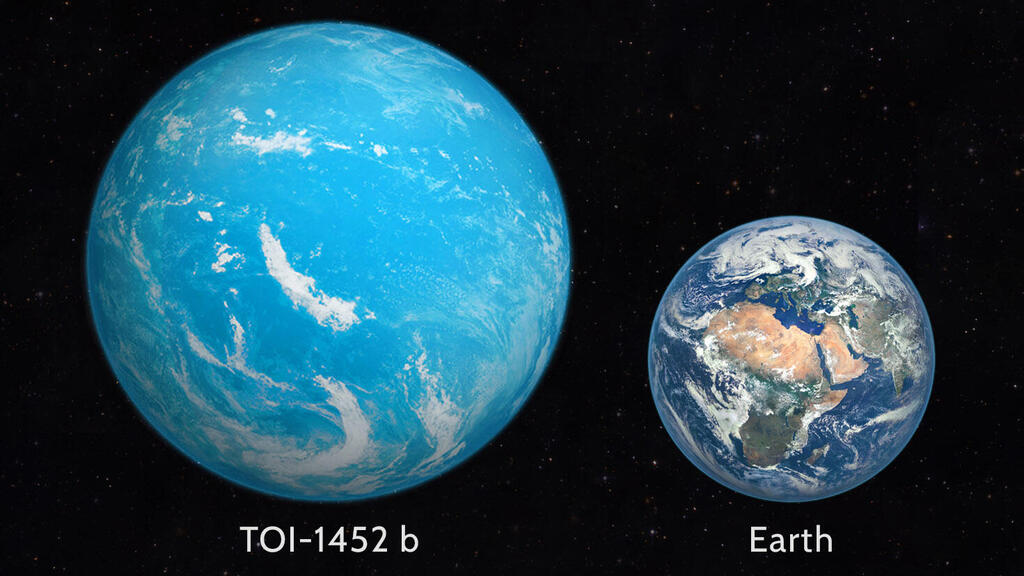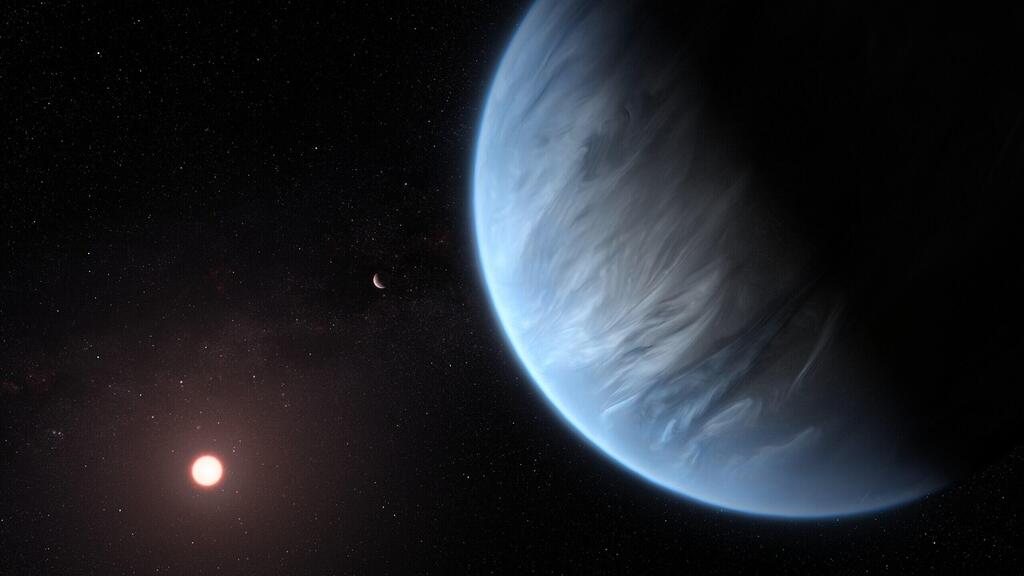Getting your Trinity Audio player ready...
An Israeli-American research team studied four exoplanets: LHS 1140 b, K2-18 b, TOI-1452 b, and TOI-1468 c, located tens of light-years away. These planets, some up to four times Earth's size, orbit cooler stars known as red dwarfs.
The study, supported by the Israel Science Foundation, examined their internal structures and surface temperatures to assess their potential for hosting life.
“The first step was calculating the internal composition of these rocky planets — iron core, rocky layer and water layer — using advanced statistical analysis of global telescope data,” said Dr. Lev Tal-Or from Ariel University's physics department.
“The surprising conclusion was that, despite their similarities, each planet may have a different internal structure, with a high likelihood of liquid water on their surfaces, which could support life,” he explained.
Tal-Or noted the importance of atmospheric analysis. “The resemblance to Earth depends critically on the thickness and composition of their atmospheres, a subject yet to be explored in depth. Insights from this study help prioritize future observations, including those with the James Webb Space Telescope,” he explained.
Professor Amri Wandel from the Hebrew University added that the scientists "analyzed surface temperature distribution based on atmospheric composition, which affects the likelihood of liquid water.”
“Due to their close proximity to their stars, these planets always face one side toward their sun, creating extreme temperature differences and unique climates. Atmospheric composition, assessed through starlight passing through the atmosphere, can help determine their potential to sustain liquid water and life,” he explained.
Get the Ynetnews app on your smartphone: Google Play: https://bit.ly/4eJ37pE | Apple App Store: https://bit.ly/3ZL7iNv
K2-18 b and TOI-1468 c, with masses 6–10 times that of Earth, likely have dense atmospheres and are classified as “mini-Neptunes.” K2-18 b could sustain liquid water only if it has a thick, hydrogen-rich atmosphere but current data raises doubts about its habitability.
Meanwhile, LHS 1140 b and TOI-1452 b, with masses 4–6 times that of Earth, are likely rocky planets with minimal water, if any. Recent James Webb observations of LHS 1140 b ruled out a thick hydrogen atmosphere, suggesting instead a nitrogen-carbon dioxide composition.
The researchers stressed the significance of atmospheric and structural studies: “Understanding the internal and atmospheric features of these planets brings us closer to assessing their ability to host life,” Tal-Or explained.
“This study places these four planets, particularly LHS 1140 b, as priority targets for future studies," eh said. "Advanced telescopes now enable more precise data collection, and each discovery of an Earth-adjacent planet is taking us one step closer to answering the ultimate question: Is there life beyond Earth?”




